5 TIPS TO INCREASE 4WD TRACTOR TIRE TRACTION
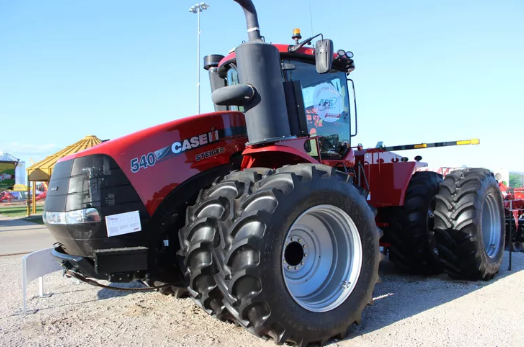
- Musa Silumesii
- 15 Sep, 2021
When running a 4WD tractor with a high-horsepower implement, standard dual tires may not provide adequate traction. When triples aren't an option, there may be some other tricks to solve the conundrum.
The proper setup
Before looking at other tire sizes or technologies, the very first thing to take a look at is making sure you've got your tractor set up right in the first place.
Ballasting
Loss of traction could be due to under or over-ballasting the tractor, says Brad Harris manager global agricultural field engineering for Firestone Ag. For a 4WD tractor, the target ballast weight is 110 pounds per engine horsepower in heavy drawbar pull. A 620 hp 4WD tractor should have a base weight of 68,200 pounds.
The weight needs to be distributed so that 51% to 55% is on the front axle, and 45% to 49% is on the rear axle. For this example, the front-axle target weight would be between 34,782 and 37,510 pounds, and the rear weight would be between 33,418 and 30,690 pounds.
Harris recommends using steel ballast to obtain the desired weight on the tractor.
"Using liquid ballast does not damage the tire, but liquid does not compress," says Harris. "Since liquid does not compress, it will prevent the sidewalls from properly deflecting, and will make the tire stiffer. This extra stiffness prevents the tire from developing a full footprint, reducing traction in the field."
Air pressure
With the front and rear-axle weights set to utilize the engine horsepower, the minimum inflation pressure for the tires can be calculated, says Harris.
Assuming the tractor has dual 710/70R42 tires, the minimum inflation pressure needed to carry 35,500 pounds on the front axle is 20 psi. The minimum inflation pressure needed to carry 32,700 pounds on the rear axle is 17 psi. Setting the pressure to these weights allows the tires to develop the largest footprint possible.
The pressure in the tires also determines what the ground contact pressure is. In this setup, the ground contact pressure is approximately 22 psi on the front axle and 17 psi on the rear axle.
Upgrade options
If ballasting and air pressure are properly calibrated, and you're still dealing with traction issues, other options are available.
IF and VF technology
IF tires are rated to carry 20% more weight at the same air pressures as a standard tire, says Dave Paulk, manager field technical services for BKT USA. VF rated tires are rated to carry 40% more weight at the same air pressures as standard tires. If a tire can carry the same weight at 20% to 40% less air pressure respectively, this allows for a larger (longer) tire footprint with more of the tire and lugs on the ground for traction. This allows less slippage and fuel savings.
Larger diameter tires
CTIS technology
The best way to get duals to maximize traction is to lower inflation pressure in the field and only raise it on the road, says Blaine Cox, national product manager for Yokohama Off-Highway Tires America. Under those conditions, the tires should perform equivalently to tracks at all times—while being a lot less expensive and much easier to maintain.
"As much as we in the tire industry would love to see farmers stop on the edge of the field to adjust their inflation pressure, the most practical way to ensure that the adjustments are made would be to install a central tire inflation system (CTIS) on their tractor, especially if they have made the investment in VF tires," says Cox.
CTIS technology allows the operator to adjust inflation pressure with an onboard compressor at the touch of a button. In just a couple of minutes, a set of tires can be adjusted to optimum inflation pressure for either field or pavement, low speed or high. CTIS can be easily retrofitted onto tractors, and can cost less than a set of tires. Especially if a farmer is investing in IF or VF tires, CTIS is a great complement to that.
With all the advantages of CTIS — including better traction, improved flotation, more effective transmission of horsepower to the ground, increased fuel economy, and longer service life from your top-dollar tires — investing in the technology begins to return immediately, and a good system can pay for itself very quickly, says Cox.
Editor's Note: This content originally appeared in AG Tire Talk to provide answers that farm equipment dealers have about farm tire technology. This series features a trending question followed by an abridged version of the answers. For the complete answers, check out agtiretalk.com.
Leave a Reply
Your email address will not be published. Required fields are marked *
.jpg)



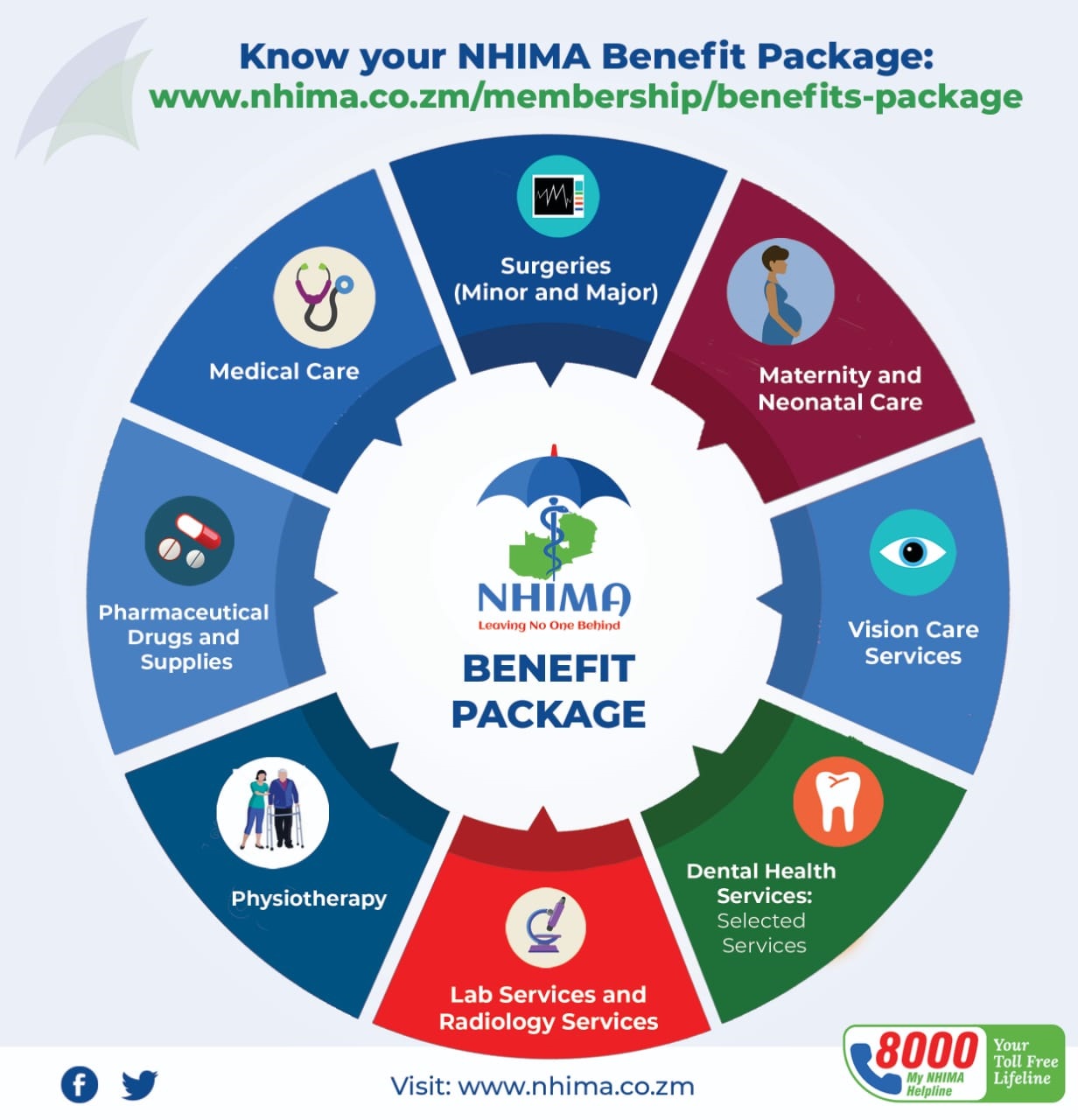

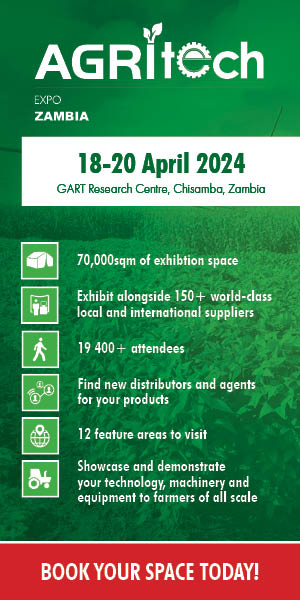



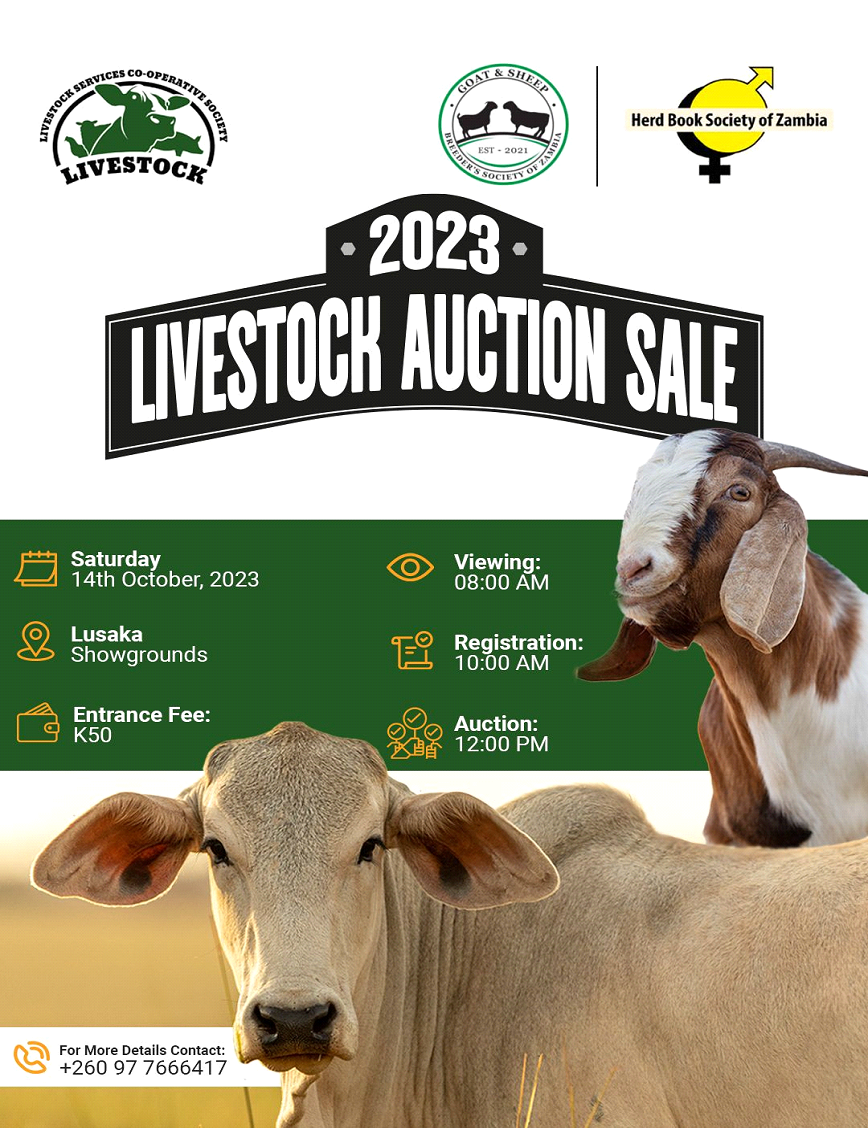
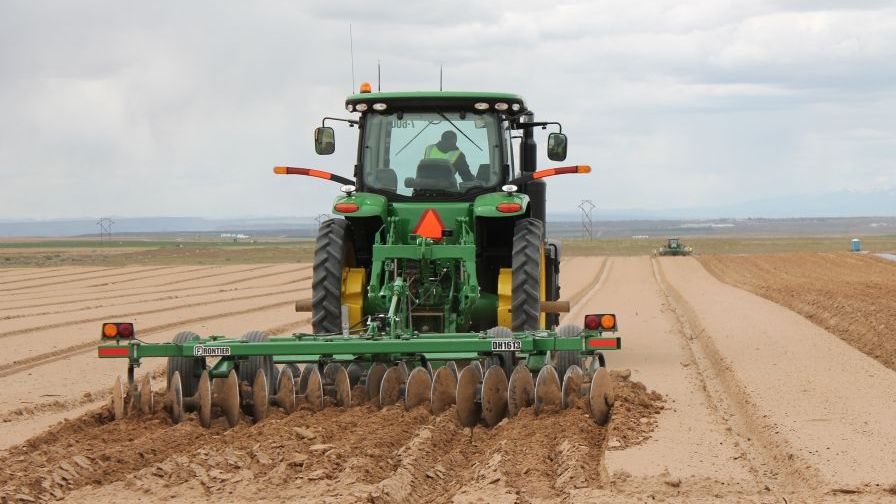
.jpg)